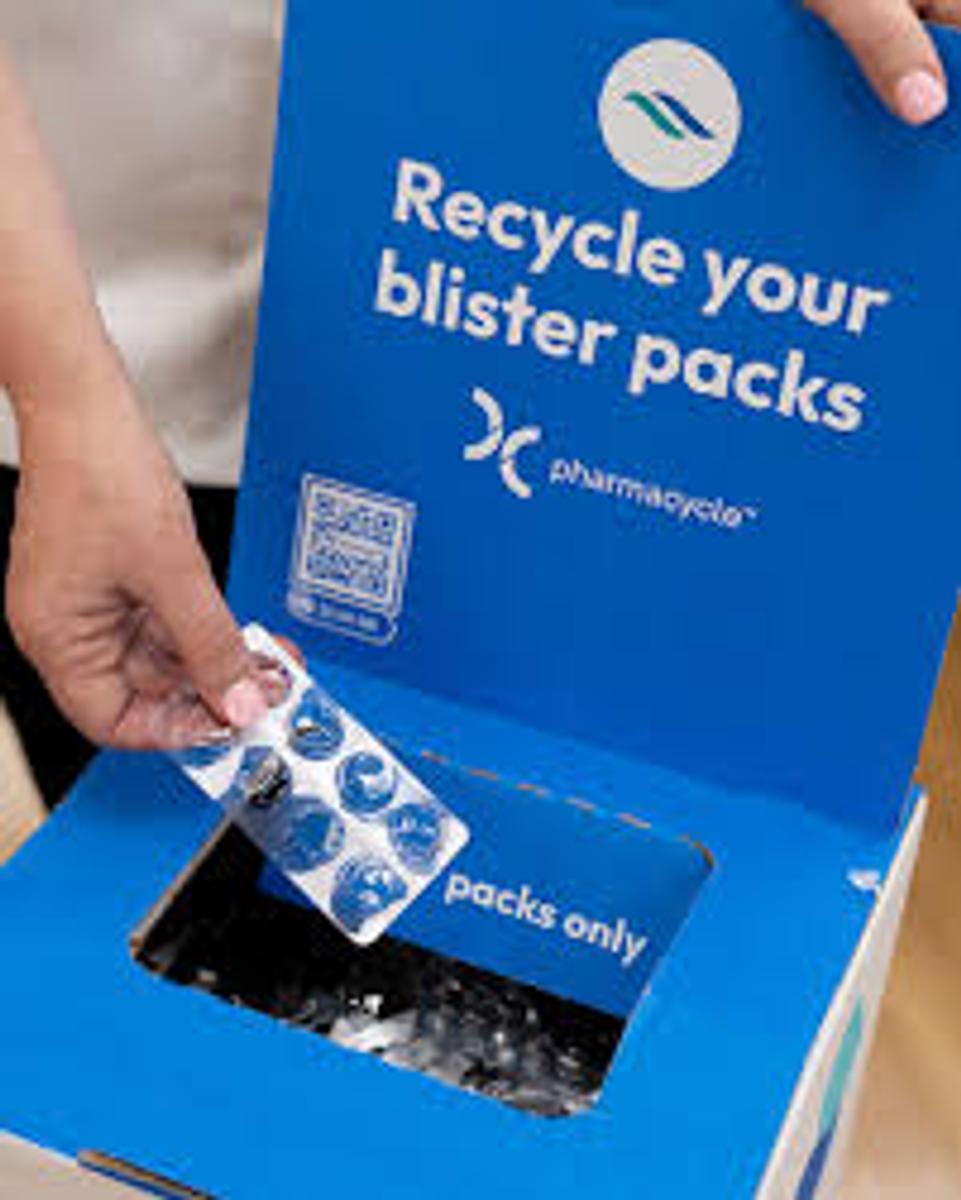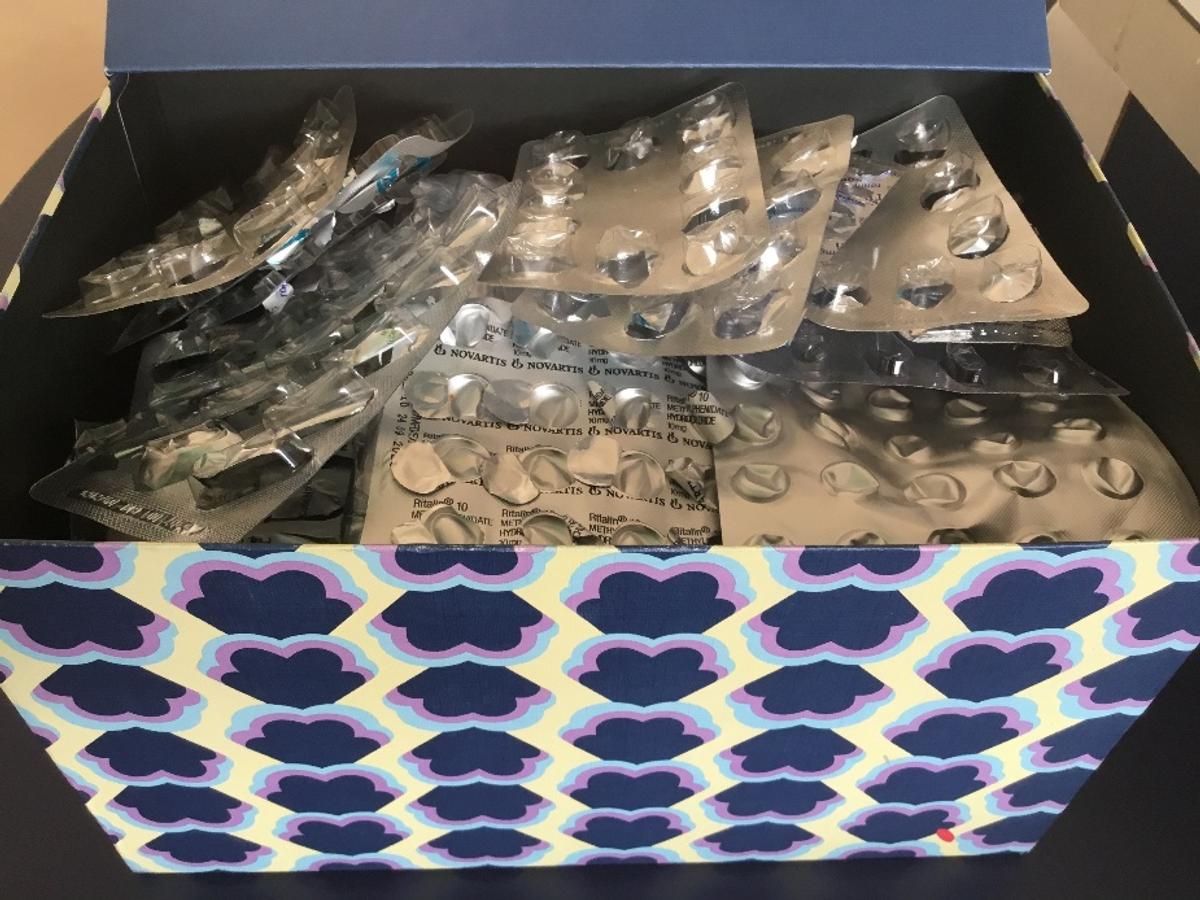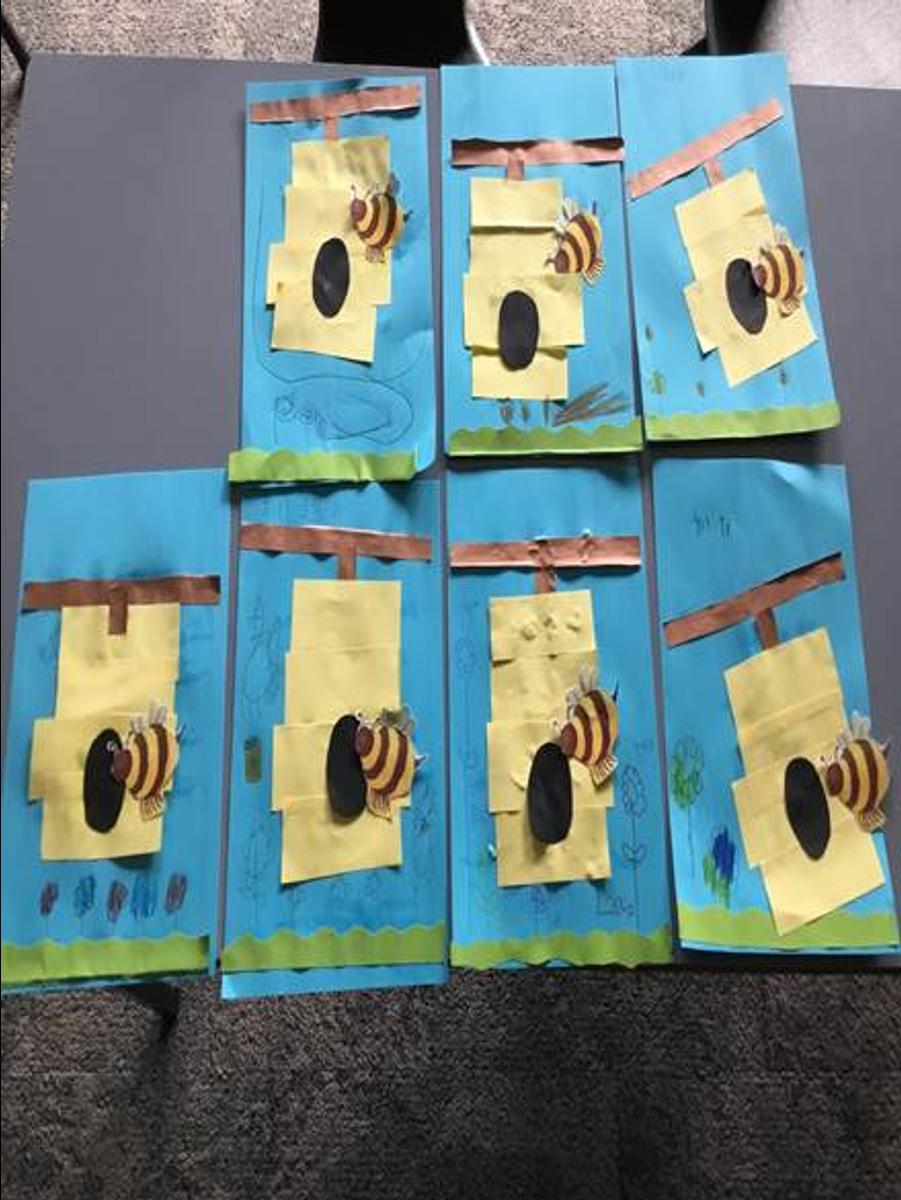Sustainability

RECYCLING BLISTER PACKS
Blister packs (the packaging that pills and tablets come in) contain aluminium and plastic. It cannot go into kerbside recycling because it contains two varied materials.
Pharmacycle is a company that is working with Blooms the chemist and Chemist Warehouse on a recycling program. Instead of the blister packs ending up in landfill now you can look for the recycling bin at the chemist.
Naranga School has a Blister pack bin in the sick bay. As the bin fills up, we will responsibly empty it in the bin provided at Chemist Warehouse.
The used packets go to a specialist recycling facility who separate the materials to make new products. At the factory, workers shred the aluminium into small pieces before melting the pieces into flakes, pellets, and powder. This new aluminium product goes to manufacturing companies to make new products such as outdoor furniture and plastic shipping pallets.
Aluminium is a metal mined from the ground. Instead of depleting it recycling aluminium over and over reduces energy by up to 95 per cent. (sighted from Planet Ark)
Since the beginning of the year, we have emptied the blister pack container three times. One kilogram of blister packs now removed from landfill.
WORLD BEE DAY
Junior Mason students learned that there are twenty thousand kinds of bees. Bees do not live on the north and south poles because it is too cold. The job of the worker honeybees is to collect nectar and pollen from flowers. They make honey. Honeybees live in hives made up of one queen, tens of thousands of workers and a few hundred drones. The honeycomb is used to raise young bees and to store nectar.



